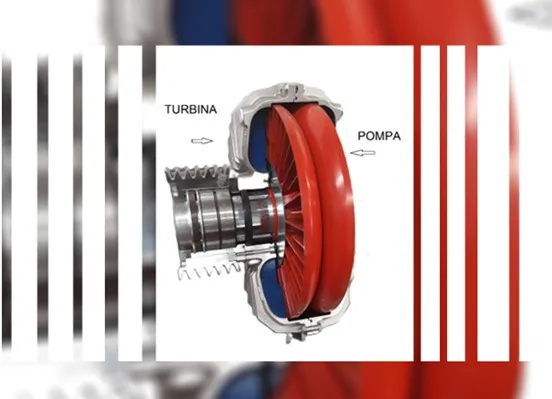
Westcar Hydraulic Joint: Power Transmission in Rotational Motion
Westcar Hydraulic Joint: Power Transmission in Rotational Motion h1
The Westcar hydraulic coupling is one of the devices for transmitting power in rotary motion.
The hydraulic coupling, devised by German engineer Hermann Föttinger (1877-1945) in the early 1900s, is based on the interaction between a pump and a turbine, two bladed rotors contained in a sealed chamber and submerged in a hydraulic fluid.
How the Hydraulic Coupling Works h2
The pump, with its toroidal shape and radial chambers, generates a centrifugal radial flow of fluid. This flow hits the outer edges of the turbine. The radial chambers of the turbine convert the direction of the fluid into a centripetal direction, creating a torque that pulls the turbine in the same direction as the pump. As the fluid exits the centre of the turbine, it re-enters the pump, repeating the cycle. Some of the kinetic energy is dissipated in friction, causing a difference in speed between the turbine and the pump, known as slip.
Advantages of the Hydraulic Coupling h2
- High efficiency
- Reduction of mechanical stresses in transmissions
- Reduction of vibrations between the drive/ducting elements
- Prolonged starts
- Reduction of starting torques
Contact us for product specifications or expert advice.
